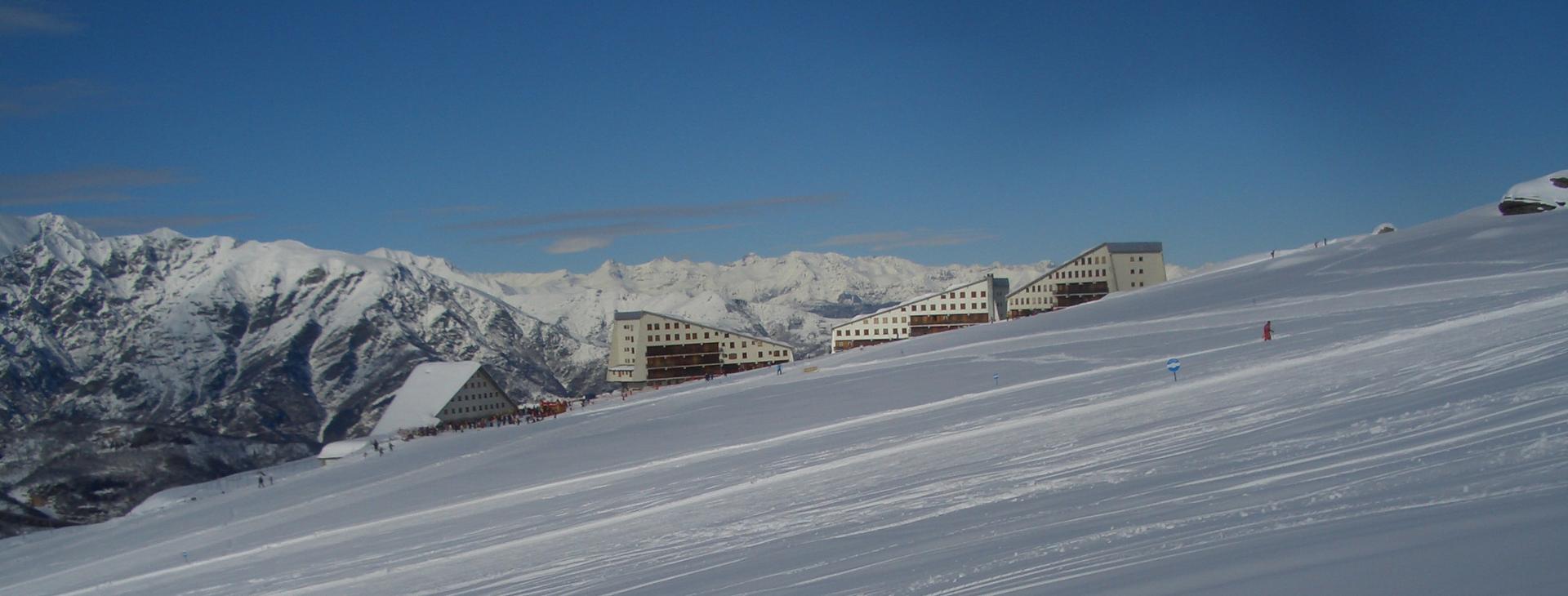
BAGNOLO PIEMONTE, VALLI PO BRONDA E INFERNOTTO
- Home
- The Territory, our home - Visit Cuneese
- THE DIFFERENT SIDES TO BAGNOLO PIEMONTE
THE DIFFERENT SIDES TO BAGNOLO PIEMONTE
Bagnolo Piemonte, town of many different colours. From the ancient feudal complex of the Malingri to the traditional quarrying of Luserna stone; from the memory of the Liberation Struggle to the summer and winter outdoor activities that can be practiced in the mountains behind the town.
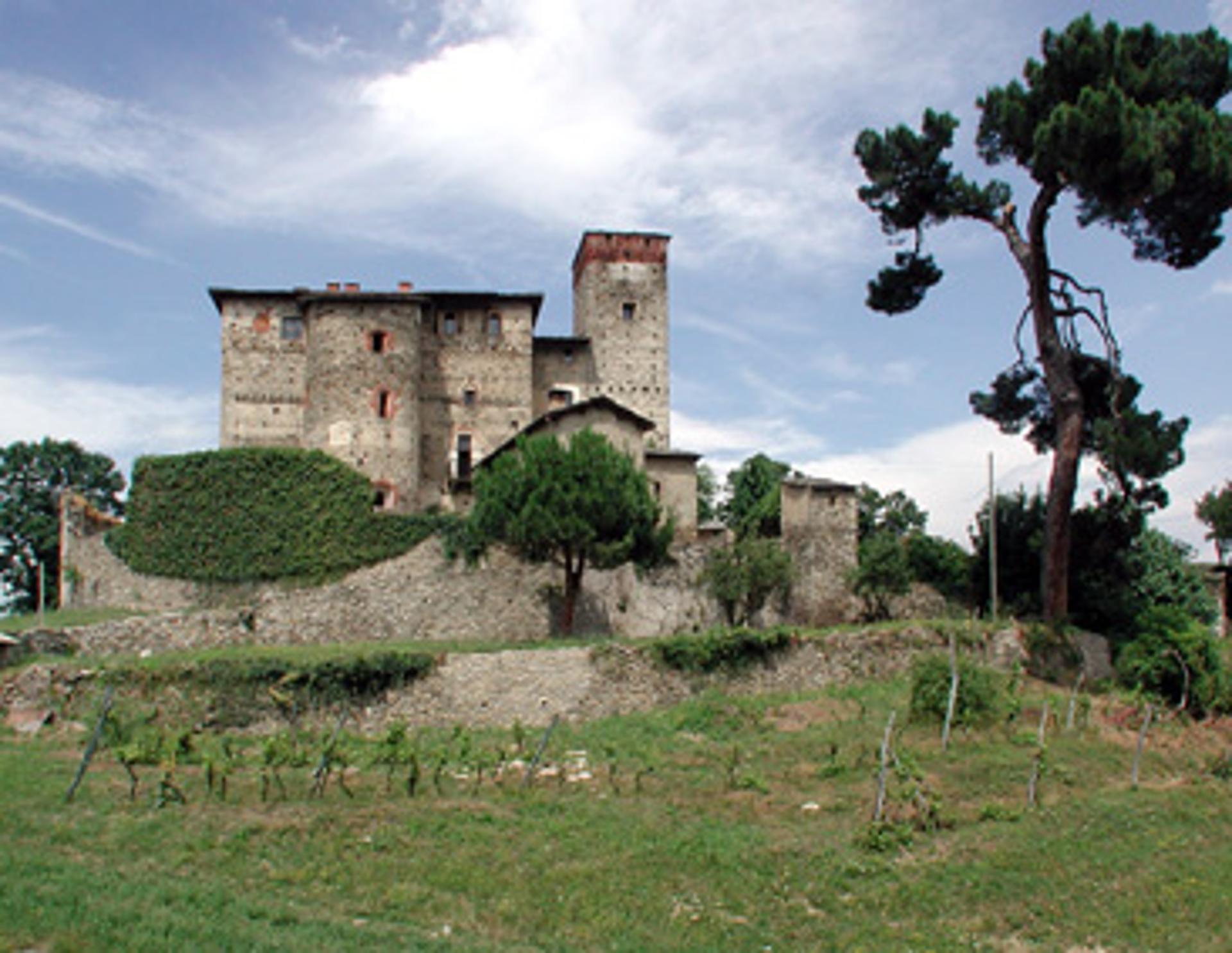
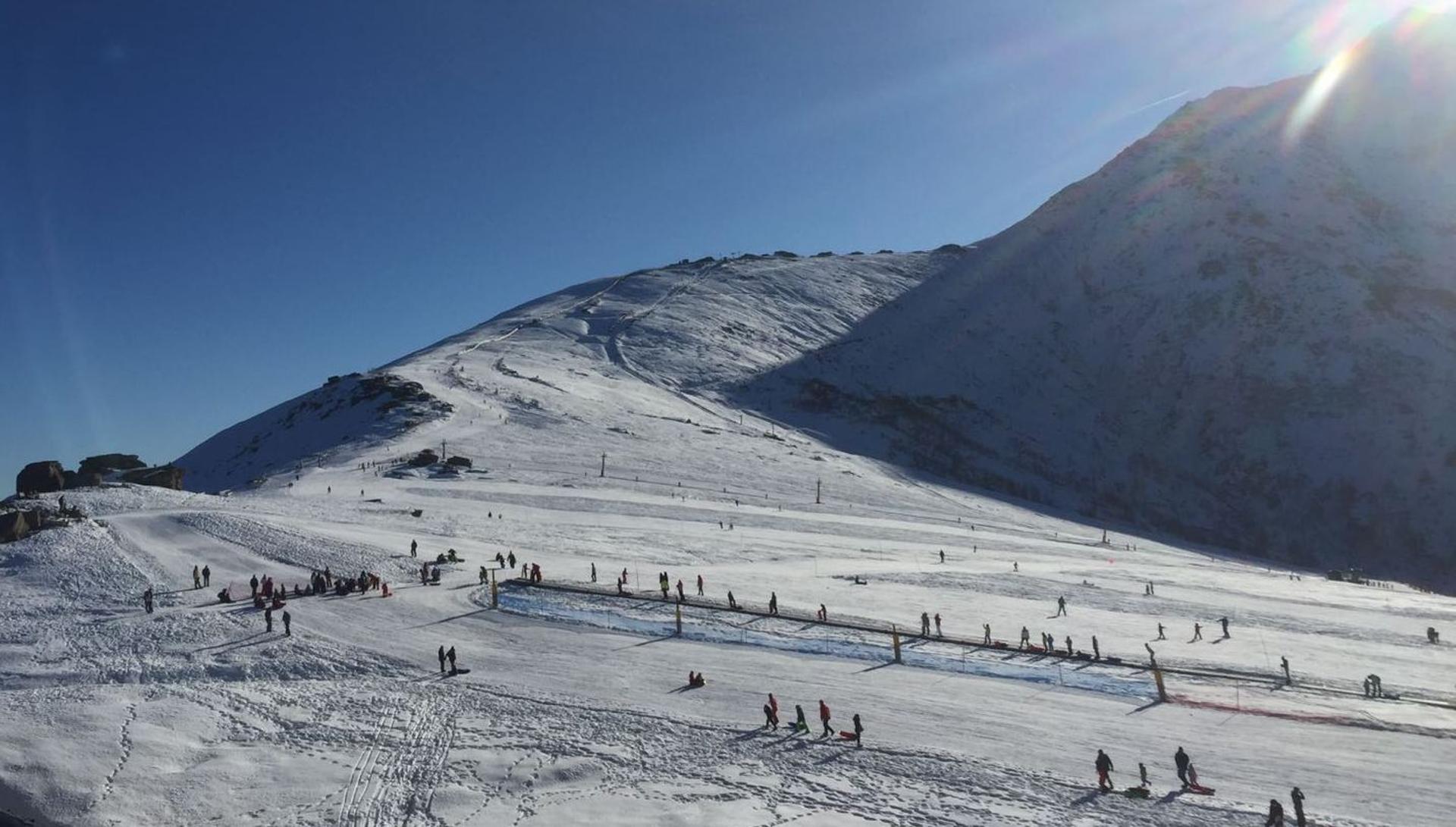
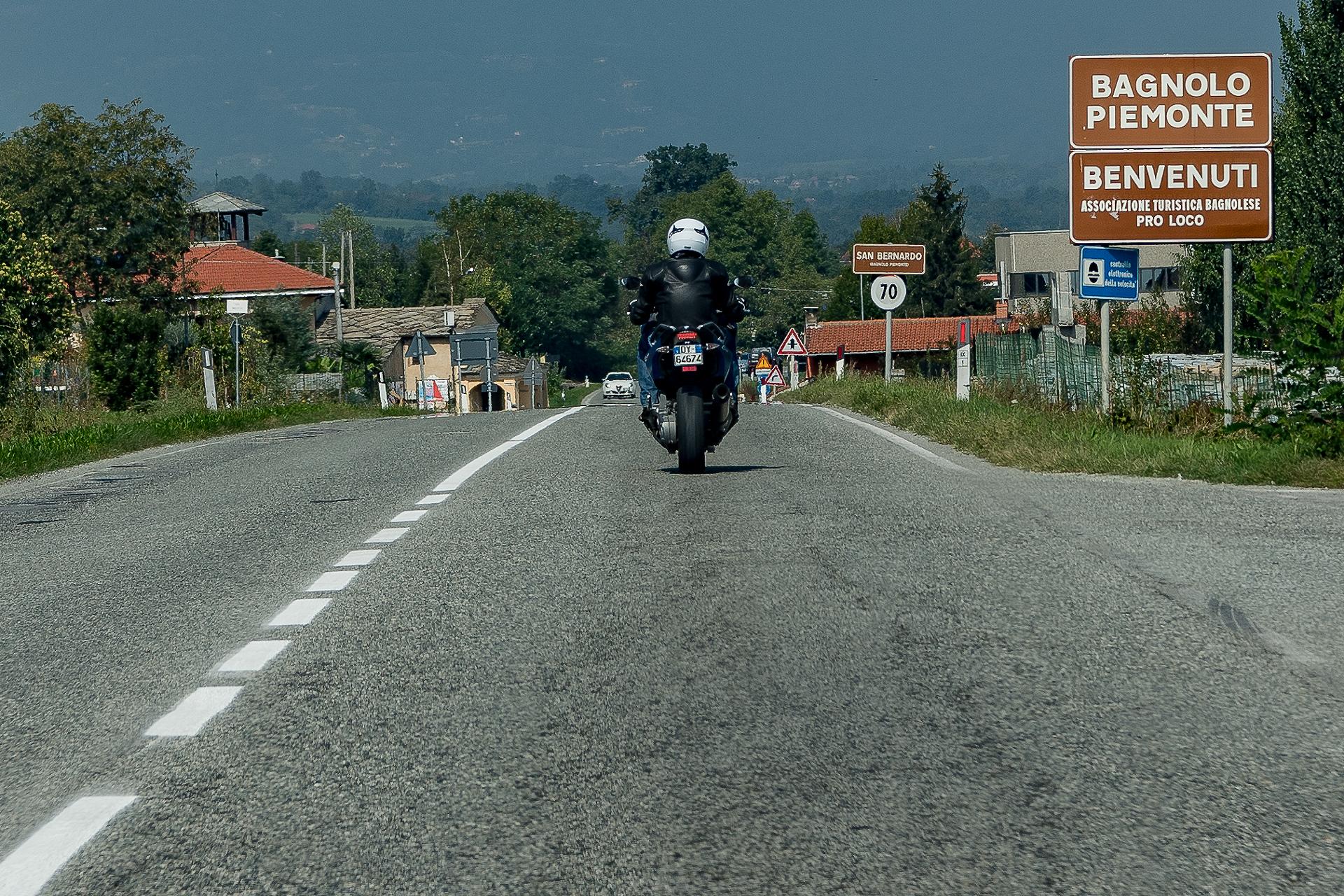



Discover
more
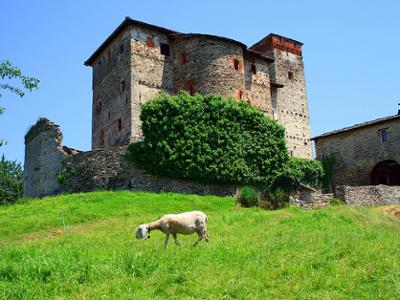
The origins of the ancient village, formerly a Roman centre, date back to around the year 1000 in the hamlet of Villar, between the Po and Pellice valleys, around the Castello-forte (castle-fort) of the lords of Bagnolo. Due to the strong interference of the House of Savoy, in the 15th century the town was moved to the area now occupied by the urban centre of Bagnolo Piemonte, in a more favourable position for trade, at the foot of Mount Friolànd.
Today, the ancient feudal complex, inhabited by the Malingri family for seven centuries, is an extremely appealing tourist destination. The tour (for groups, with booking required) begins at the Palace (known as Castello Piano), located downstream of the ancient military structure, and rich in fifteenth-century frescoes. It continues to the magnificent park, renowned for its botanical collections of acidophilic shrubs, the spectacular rhododendrons and azaleas that bloom there in spring and the hydrangeas that flower in summer. After a fascinating excursion through woods and vineyards, it comes to an end at the majestic castle-fort built in the High Middle Ages. The farmhouses and rural structures of the feud have instead been skilfully recovered and transformed into an elegant scattered agritourism facility, nestled in the midst of nature.
Two highlights of the centre worth seeing are the parish church of San Pietro in Vincoli, rebuilt in neo-Gothic style with brick facade and columns in Quinzano stone, and the bell tower, re-adapted in Gothic style in the fourteenth century, the only surviving element of the ancient church. On the provincial road to Cavour you can see another medieval fortification, Torre dei Gossi.
About ten kilometres from the centre of Bagnolo, the hamlet of Montoso, a centre of partisan struggle to which the shrine of Piazza Martiri della Libertà is dedicated, is a popular tourist destination. In summer, many flock to take advantage of the many opportunities it offers for outdoor activities, from hiking to freeflying, and in winter, the ski slopes in Rucas, reaching an altitude of 1,800 meters on Costa Ciapè, seldom fail to draw the crowds.
The town is known for its quarries of lamellar gneiss, or Luserna stone. This material, known as the "grey gold of Bagnolo" and already popular in the sixteenth century, was widely used for the construction of mountain cabins, as well as for the embellishment of cities, despite the enormous difficulties related to its transportation.
CUNEO ALPS: YOUR PERFECT HOLIDAY. PO VALLEY
esempi di as xml: xml serveResource con templateId (chiave)
esempi di as json: json serveResource con templateId (chiave)
esempi di as json e siteId: json serveResource con siteid
en_US
What
to do
en_US
Experiences
No result found
en_US
Where
sleeping
en_US
Offers
en_US
Info


